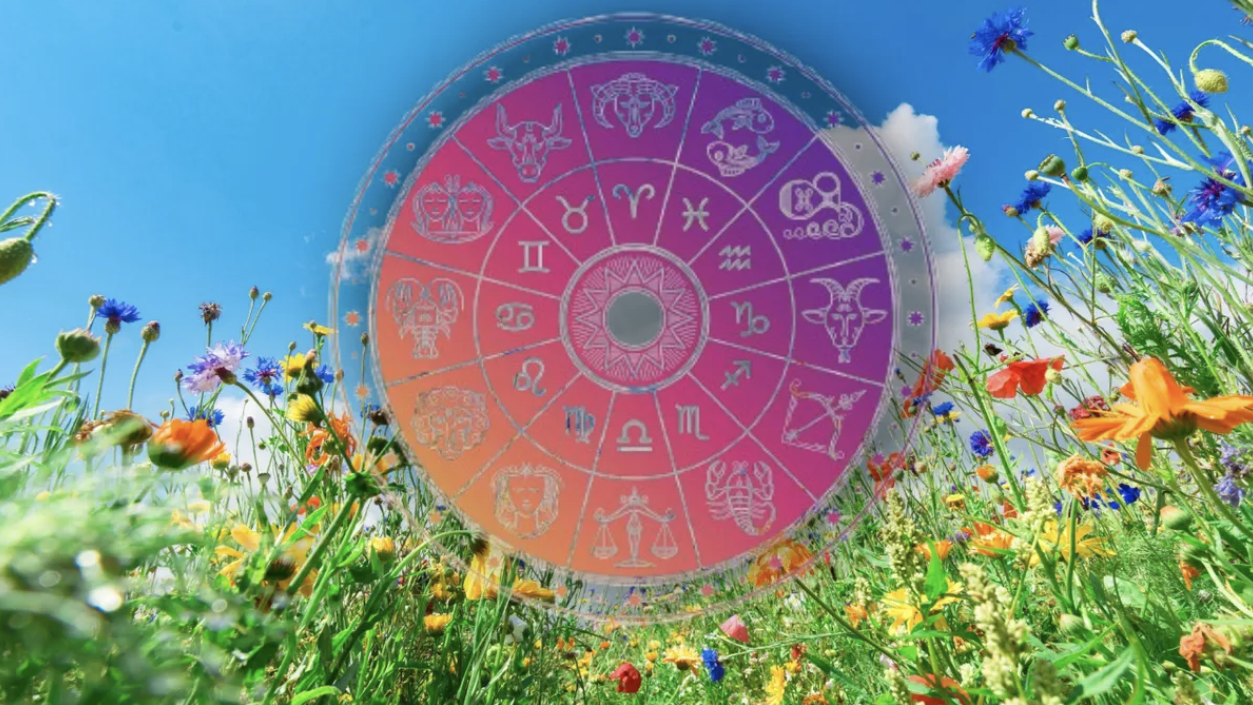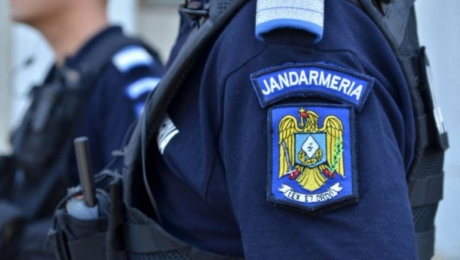A female European bison from the Zoo in Târgu Mureș, Romania, has been selected to join the reintroduction programme in Shahdag National Park in Azerbaijan, in the Caucasus Mountains. The animal will be transported to Berlin first, where it is set to join bison from other European zoos.
“Ten other bison from different European zoos will leave from Berlin as part of the ongoing reintroduction initiative,” the Târgu Mureș Zoo said.
The main goal of the programme is to establish a viable population of European bison on the southern slopes of the Caucasus Mountains in eastern Azerbaijan. The species will help raise awareness of nature conservation among the general public and create new opportunities for ecotourism and sustainable socio-economic development in the region.
“From prehistoric times, bison were widely distributed in Western, Central and South-Eastern Europe, up to the Volga River and the Caucasus. However, due to intensive hunting and habitat loss, the bison population was significantly reduced in the 1920s, and the last wild bison was shot in 1927 in the Caucasus Mountains,” reads the Romanian zoo’s post on Facebook, quoted by Agerpres.
The reintroduction of bison began in 1952 in Poland, in the Białowieża Forest, and today, various bison reintroduction programmes are underway in Belarus, Russia, Slovakia, Romania, Poland and Germany. In 2012, the same source said, WWF Azerbaijan identified 11 potential sites in the Caucasus Mountains and two potential areas in the steppe.
“Ismayilli was chosen in Shahdag National Park due to its suitable habitats, protected area status and availability of motivated personnel for bison observation and protection,” reads the same post. Once the location was selected, a reintroduction center was created, whose construction began in 2017 and was completed just before the first 12 bison (3 males and 9 females) arrived in May 2019.
“In the first two stages, management and adaptation areas were set up on approximately three hectares. This is where the bison will be released into Shahdag National Park, which covers over 130,000 hectares with diverse ecosystems, mainly mountain forests and alpine meadows,” the Târgu Mureș Zoo further explained.
After the acclimatization period, the bison will be released into a larger area where they can explore forests and meadows.
About ten individuals are planned to be introduced into Shahdag National Park each year, and the minimum target is 50 individuals.
(Photo source: Facebook/Târgu Mureș Zoo)
























 English (US) ·
English (US) ·  Romanian (RO) ·
Romanian (RO) ·